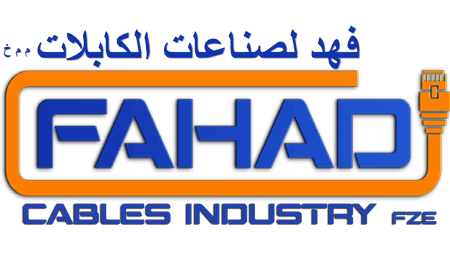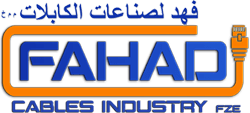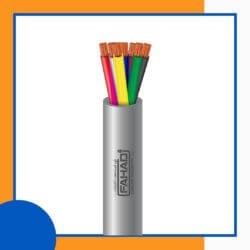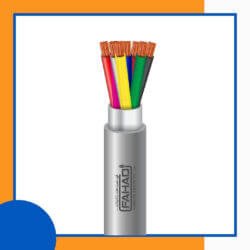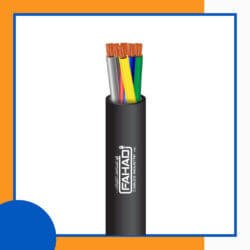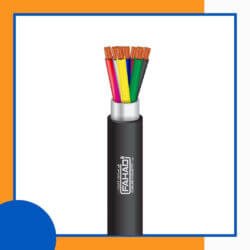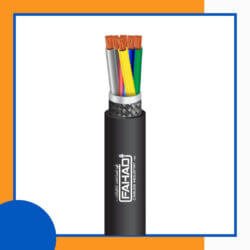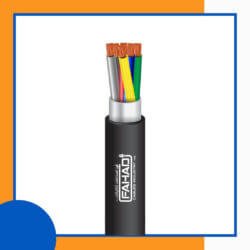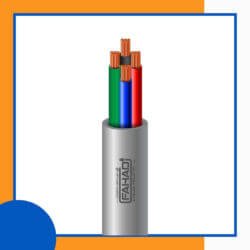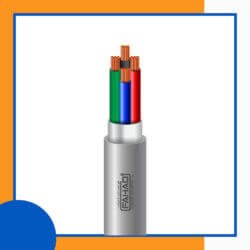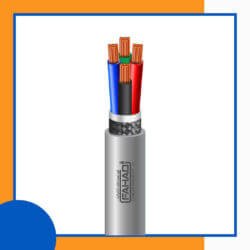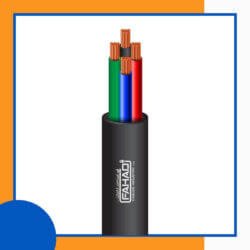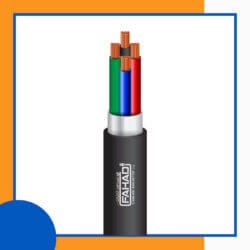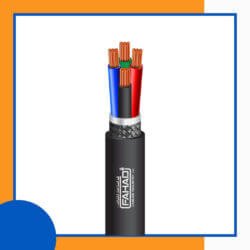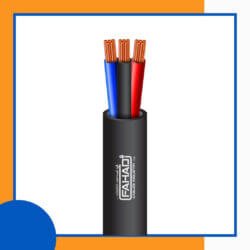Showing 1–20 of 32 resultsSorted by price: high to low
8 core control cable shielded pvc 10 to 24 awg 305m
SKU:
08XXCPSXX-CR
Rated 5.00 out of 5
د.إ 500.00
8 core control cable braid shielded pvc 10 to 24 awg 305m
SKU:
08XXCPBXX-CR
Rated 5.00 out of 5
د.إ 500.00
8 core control cable shielded outdoor 10 to 24 awg 305m
SKU:
08XXCKSXX-CR
Rated 5.00 out of 5
د.إ 500.00
8 core control cable braid shielded PE outdoor 10 to 24 awg 305m
SKU:
08XXCBXX-CR
Rated 5.00 out of 5
د.إ 500.00
6 core control cable shielded pvc 10 to 24 awg 305m
SKU:
06XXCPSXX-CR
Rated 5.00 out of 5
د.إ 400.00
6 core control cable braid shielded pvc 10 to 24 awg 305m
SKU:
06XXCPBXX-CR
Rated 5.00 out of 5
د.إ 400.00
6 core control cable shielded outdoor 10 to 24 awg 305m
SKU:
06XXCKSXX-CR
Rated 5.00 out of 5
د.إ 400.00
6 core control cable braid shielded PE outdoor 10 to 24 awg 305m
SKU:
06XXCBXX-CR
Rated 5.00 out of 5
د.إ 400.00
4 core control cable shielded pvc 10 to 24 awg 305m
SKU:
04XXCPSXX-CR
Rated 5.00 out of 5
د.إ 350.00
4 core control cable braid shielded pvc 10 to 24 awg 305m
SKU:
04XXCPBXX-CR
Rated 5.00 out of 5
د.إ 350.00
4 core control cable shielded outdoor 10 to 24 awg 305m
SKU:
04XXCKSXX-CR
Rated 4.00 out of 5
د.إ 350.00
4 core control cable braid shielded PE outdoor 10 to 24 awg 305m
SKU:
04XXCBXX-CR
Rated 5.00 out of 5
د.إ 350.00
